The official response to the new trade conflict between the US and China took place on February 10, when Beijing's tariffs on nearly $14 billion worth of imports from Washington officially took effect.
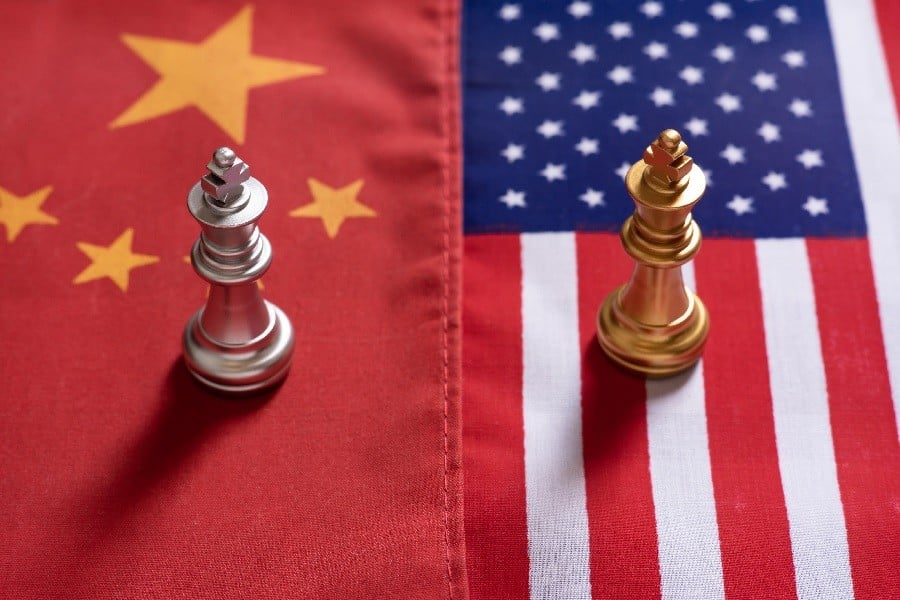 |
Although the first shot between the US and China has been fired, both sides still leave room for a potential deal . (Source: Shutterstock) |
The tariffs, which took effect on February 10, were imposed by Beijing in response to the US decision to impose an additional 10% tariff on Chinese goods. US President Donald Trump called the move the “opening blow” in a new trade offensive against China.
Compared to the broad US tariffs, China's tariffs target US exports of liquefied natural gas (LNG), coal, crude oil, agricultural equipment, as well as some autos with tariffs ranging from 10% to 15%.
The move by the country of a billion people has extinguished hopes of preventing a trade war between the world's two largest economies.
Now the question for both sides is what happens next and how much tension is the world's largest economy willing to put on Beijing?
The worst is yet to come
According to experts, although the first "shot" has been fired, both sides still leave room for a potential deal.
“Beijing has been restrained in its response to Trump’s new tariffs, both because the impact on China is modest and because President Xi Jinping wants to negotiate,” said Andy Rothman, CEO of the Sinology consultancy.
According to CNN calculations based on 2024 Chinese customs data, the country's tariffs - a 15% tax on some coal, LNG and a 10% tax on crude oil and agricultural machinery - affect about $13.86 billion in goods.
Overall, that represents less than 9% of China’s total imports from the US. Last year, Beijing exported more than $524 billion to the US and imported more than $163 billion from Washington.
Mr. Frederic Neumann, chief economist for Asia at HSBC Bank, commented that many businesses in the country of a billion people can withstand the 10% tax rate, because the country's export prices have fallen more than its competitors in the past two years.
“If the tariff rate stays at 10% and doesn’t increase further, I think many investors will feel reassured,” the expert said. “However, the biggest concern is that this could just be the beginning of more stringent trade restrictions in the future.”
Meanwhile, Mr. Trump’s latest tariffs are still much milder than the up to 60% tariffs he threatened to impose on China during the election campaign.
Mr. Rothman said that not only President Xi Jinping, President Trump also seems to be "turning on" negotiation mode, using tariffs as a negotiating tool... However, it is still unclear what Mr. Trump wants from Mr. Xi and what he is willing to give in return.
Observers also expressed relief at the Trump administration's stance.
Suisheng Zhao, director of the Center for China-US Cooperation at the University of Denver, said he was prepared for 60% tariffs and a complete decoupling of the world’s two largest economies. But so far, nothing has come close to the worst-case scenario.
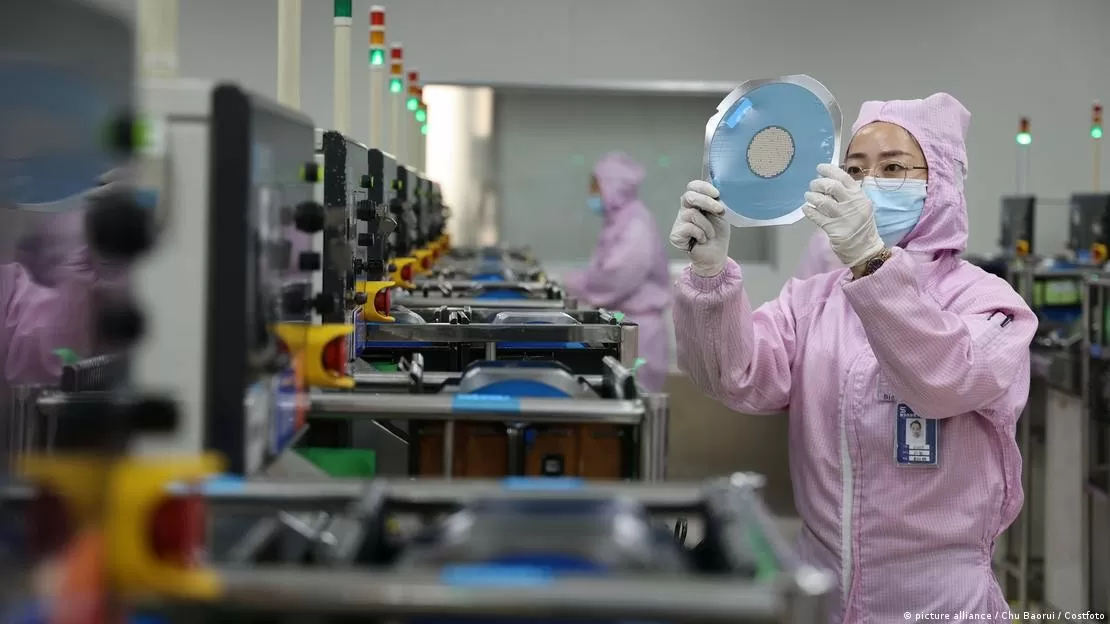 |
| Beijing today is less dependent on Washington and much more economically self-reliant . (Source: DW) |
China's careful preparation
With Mr Trump in his second term, the world's second-largest economy has been carefully preparing contingency plans and weighing potential penalties to deal with them.
Mr. Nick Marro, chief economist in charge of Asia at the Economist Intelligence Unit, analyzed that the White House boss's trade actions will force Beijing to respond, but this time there will be more specific goals, instead of "tit-for-tat" actions like in 2018 and 2019.
Late last year, the country overhauled its export controls on raw materials and critical minerals, which Washington considers essential to economic or national security.
China controls 60% of the world's production of raw materials and critical minerals and 85% of critical mineral processing capacity.
Analysts estimate that Beijing could announce further controls on such goods, as well as impose additional tariffs and other economic protection measures.
President Xi Jinping’s country is also better prepared for the trade conflict this time around, with businesses working to diversify export destinations, while Beijing has launched a campaign to strengthen ties with other trading partners, beyond the United States.
Beijing today is less dependent on Washington and much more economically self-sufficient, as evidenced by its dominance in many important industries such as electric vehicles, electric vehicle batteries, solar panels and many other devices.
Beijing's careful preparation was also highly appreciated by Mr. Dennis Wilder, a former analyst of the US Central Intelligence Agency (CIA).
He cited that China has not imposed new tariffs on $35 billion worth of agricultural products exported by American farmers in states that supported Mr. Trump - something it did in the first trade war.
"China's retaliatory steps appear to be more carefully considered, to send a tough message without causing major conflict," said Dennis Wilder.
In addition, the fact that Chinese artificial intelligence (AI) company DeepSeek has matched and even surpassed American AI models has highlighted the fact that the world's second-largest economy can no longer be underestimated as before.
But perhaps the more thorny question is what would or could China concede if there were a negotiation with the US?
Beijing has never fully implemented the phase one trade deal reached early in the Trump administration's first term, analysts say.
Therefore, the US side no longer really needs a comprehensive agreement. That may make it difficult for both sides to make concessions and retreat in this trade conflict.
Source: https://baoquocte.vn/cang-thang-thuong-mai-my-trung-quoc-khong-con-hanh-dong-an-mieng-tra-mieng-bac-kinh-gio-da-khac-xua-303830.html




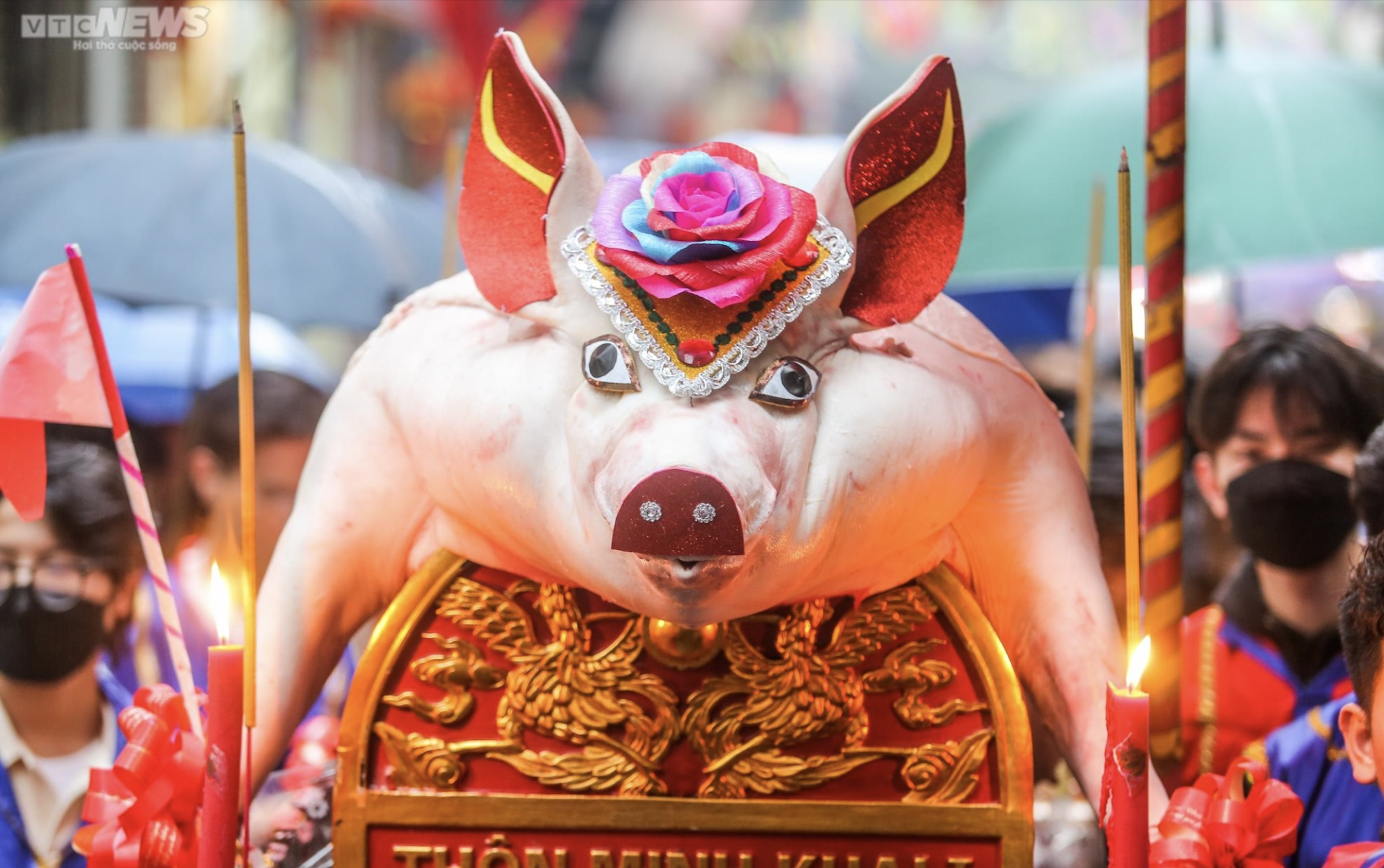


























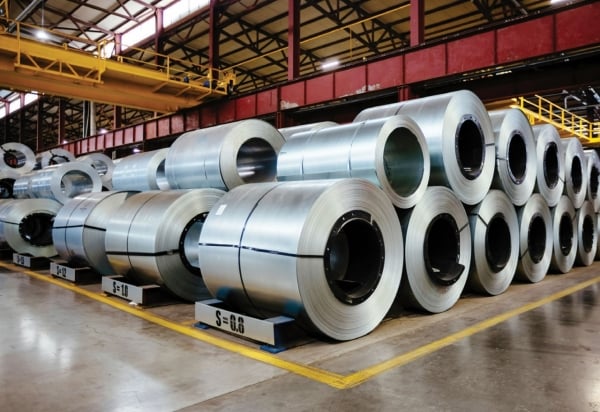
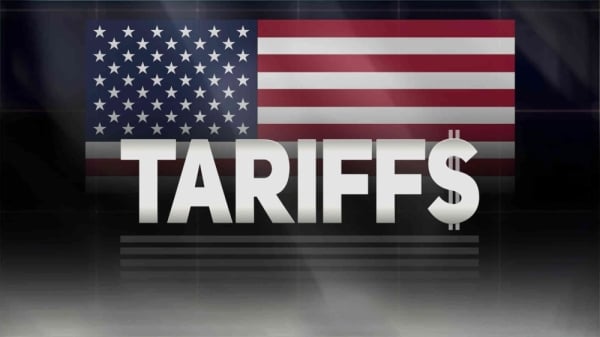

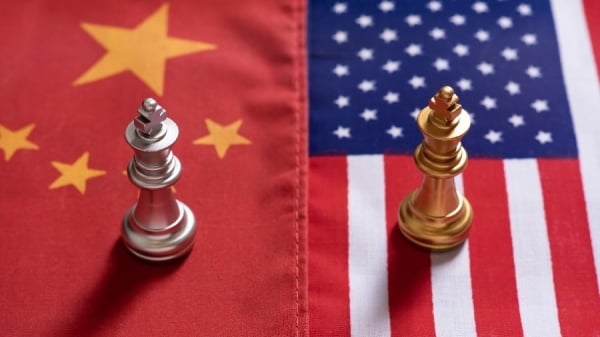






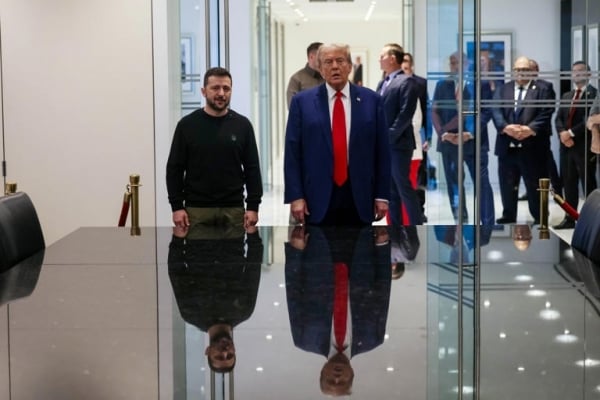














Comment (0)